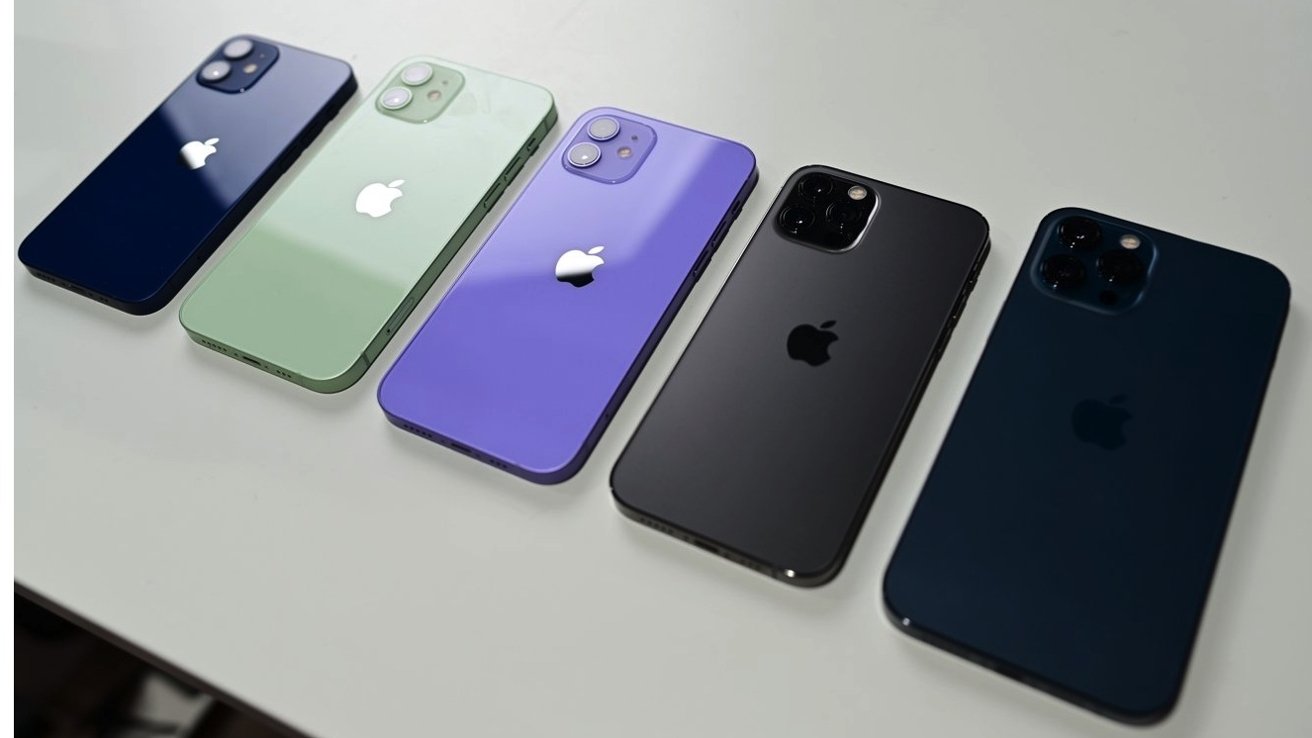At about the same time the iPhone 15 launched, France has declared that the iPhone 12 cannot be sold in the country, because it reportedly exceeds the country's legal limit for radio frequency exposure.

Assorted iPhone 12 models
The ban was implemented after France's radiation watchdog, Agence nationale des frequences (ANFR), did its own testing on the iPhone 12. Without revealing the testing methodology or the results, a French minister said that the iPhone 12 exceeded the country's Specific Absorption Rate (SAR) for RF exposure.
"Apple is expected to respond within two weeks", Jean-Noel Barrot, France's junior minister for the Digital economy told Le Parisian "If they fail to do so, I am prepared to order a recall of all iPhones 12 in circulation. The rule is the same for everyone, including the digital giants."
RF radiation is not the same as ionizing radiation generated by decay of radioactive isotopes, and from the sun itself -- and the mechanism of damage is different. Ionizing radiation breaks the bonds in cells, where sufficiently high levels of RF radiation can heat tissue and could theoretically cause tissue damage.
Specific Absorption Rate (SAR) refers to the rate at which the body absorbs RF energy. A SAR of 1 watt per kilogram would increase the temperature of an insulated slab of tissue by one degree Celsius per hour of exposure at that wattage, and does not account for the loss of that temperature increase from any other factor.
SAR is a measure of that heat, and not an absolute measure of damage. Generated heat is what can theoretically cause damage from RF exposure.
The ANFR claims to have found absorption at 5.74 watts per kilogram for its testing on-contact. The EU limit for on-contact exposure is 4 watts per kilogram.
ANFR did note, however, that the test at 5 centimeters from the broadcasting element to the ersatz tissue was in compliance with the international regulation of 2 watts per kilogram, which Apple's own testing confirms.
Apple's testing conforms to an international industry standard. As Apple says, during testing, iPhone radios are set to highest transmission possible manually and SAR is evaluated in real time, over time intervals as specified by applicable regulations. Apple says that its SAR testing is evaluated in positions that simulate uses against the head, with no separation, plus when worn or carried against the torso of the body, with 5mm separation.
Barrot seems to believe that a software patch will fix the issue. France's ANFR is providing its findings to other regulators in EU countries. Apple does not appear to have made a comment on the issue as of yet.
Press releases about the issue were issued earlier on Tuesday, but at publication time, error out. It's not clear if the press releases were retracted, or if a technical issue is preventing the page render.